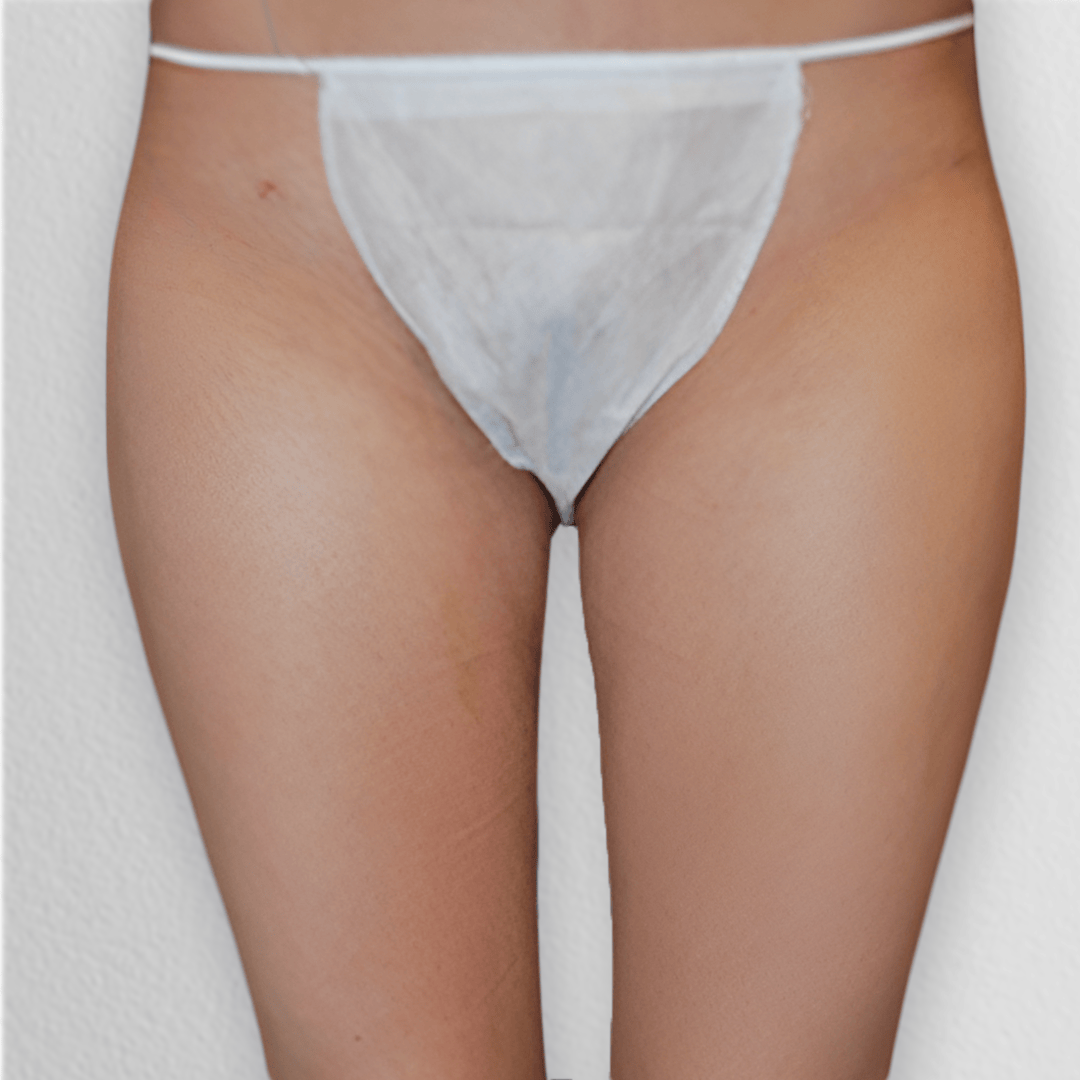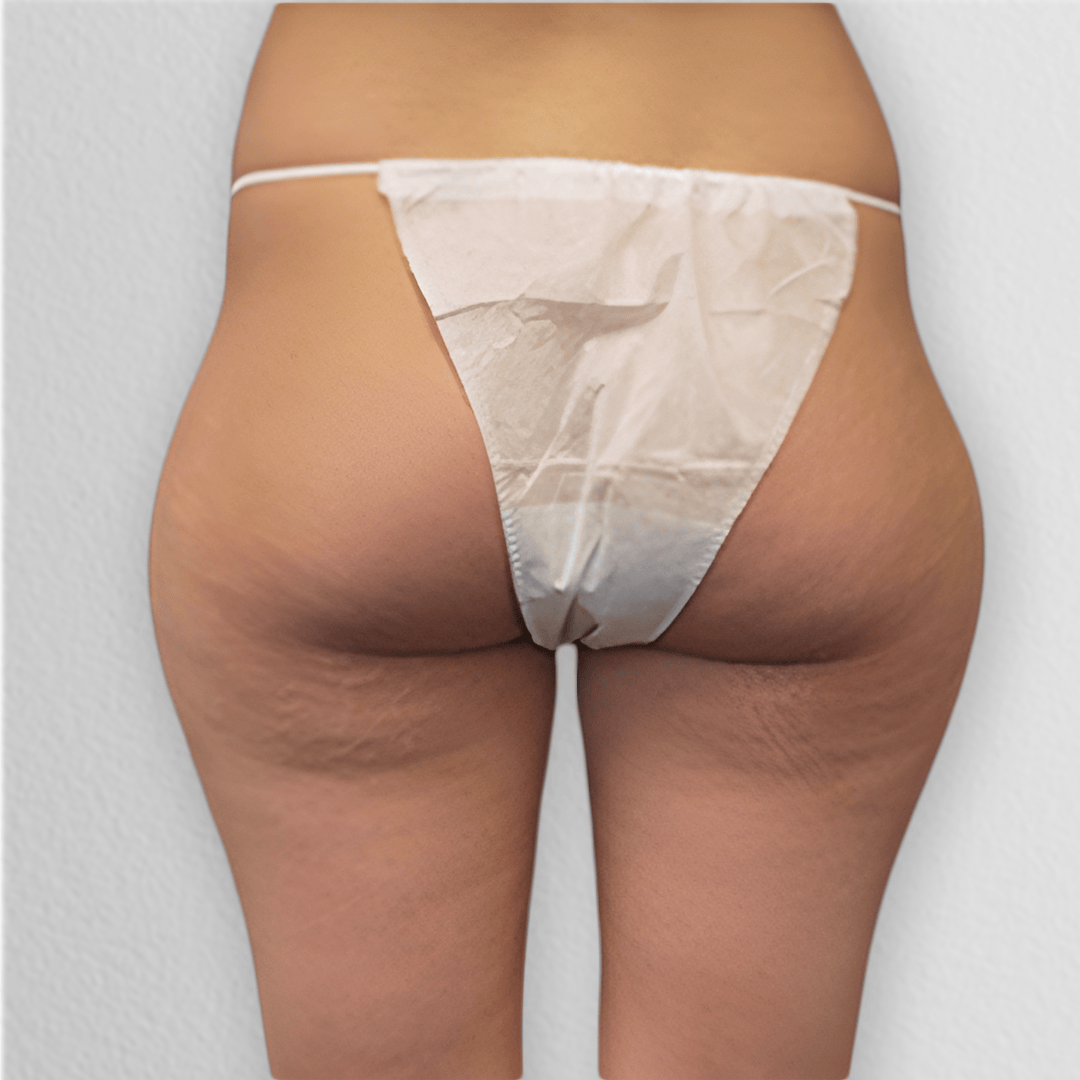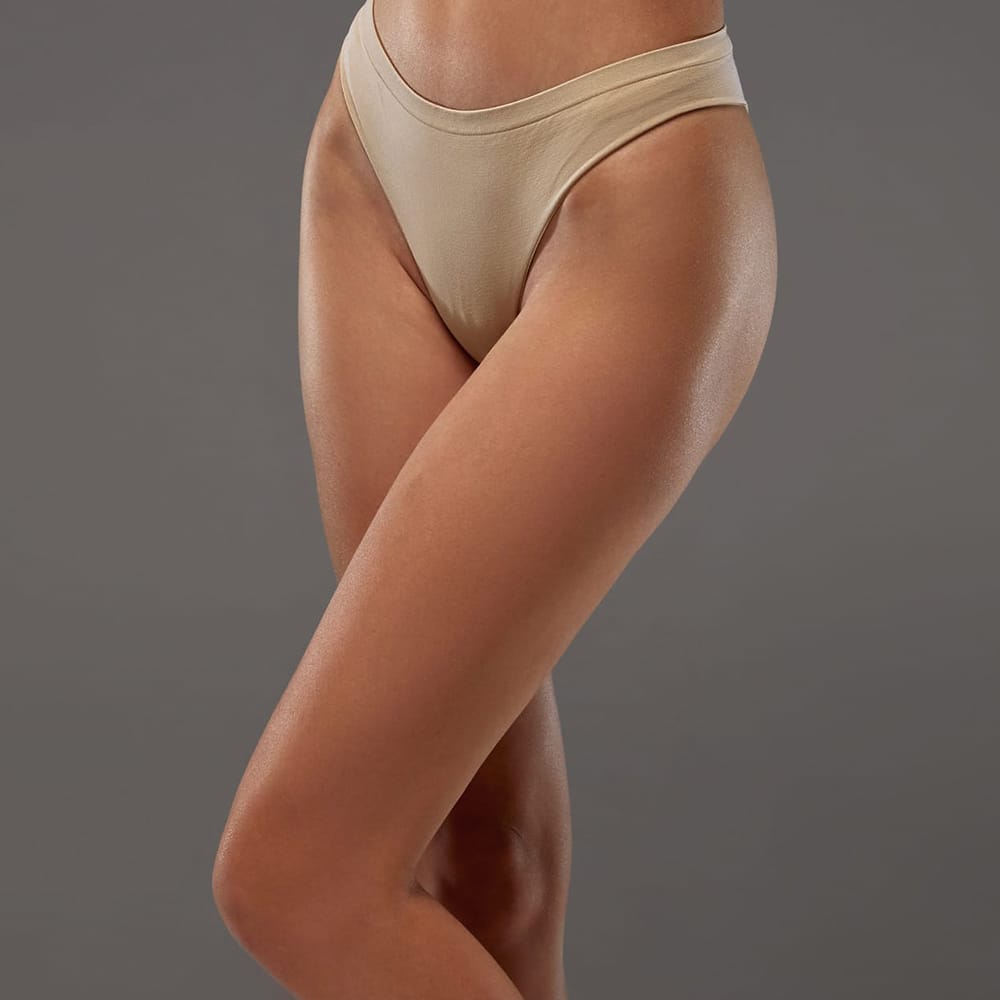Services

LIPOSUCTION
Featured IMAGES
77 year old patient 2 months post browlift and upper blepharoplasty.
Patient is so happy with her results. She has noticed that she is able to put on eyelid makeup with so much ease now.




What is Liposuction?
Liposuction is a body sculpting procedure that removes stubborn fat to enhance your natural shape. Whether it’s your abdomen, thighs, arms, or back, liposuction can help define your contours when diet and exercise aren’t enough.
When to consider
Stubborn Fat
If certain areas won’t slim down no matter how much you diet or exercise.
Sleeker Shape
For a more sculpted, balanced body shape.
More Confidence
When you’re ready to enhance your natural curves and feel amazing in your skin.
How it works
Dr. Barnett helps map out the best approach to achieve your goals.
Local or general anesthesia is used, with small incisions made in targeted areas.
A cannula suctions out fat to refine your body shape.
Swelling fades,and compression garments help healing.
Book a CONSULTATION
Liposuction FAQ’s
Am I a good candidate for liposuction?
What areas of the body can liposuction treat?
How long is the recovery time after liposuction?
Are the results of liposuction permanent?
Will there be any noticeable scars after liposuction?
Related Procedures

Liposuction
Breast augmentation is a procedure designed to enhance the size and shape of the breasts. It’s a popular choice for those looking to restore volume, improve symmetry, or simply feel more confident in their curves.

Tummy Tuck
This combination procedure adds volume while lifting the breasts to a more youthful position. It’s ideal for patients experiencing sagging due to weight loss, aging, or pregnancy. The goal is elevated shape, improved contour, and longer lasting results all in one surgery.

Brachioplasty
Whether you’re looking to replace aging implants or update your results, breast re-augmentation allows for a refreshed, refined outcome. Patients choose this procedure to adjust size, shape, or implant type all with a renewed focus on comfort. and confidence.

Thigh Lift
Breast reduction is performed to relieve physical discomfort and create a lighter, more proportionate silhouette. Many patients experience immediate relief from back, neck, and shoulder pain, as well as a renewed sense of ease in movement. clothing.
View Before & Afters
Curious what’s possible? Explore our body contouring gallery to see natural, confident results from real patients. From subtle lifts, to a tighter profile, every transformation is tailored to the individual.